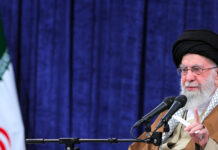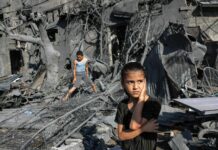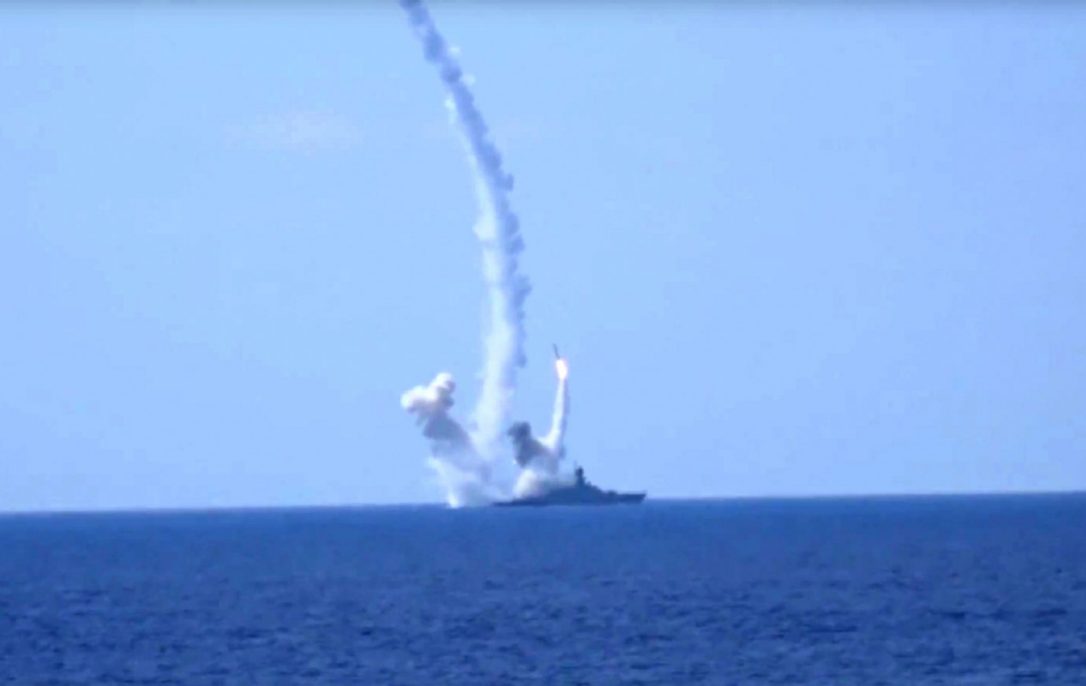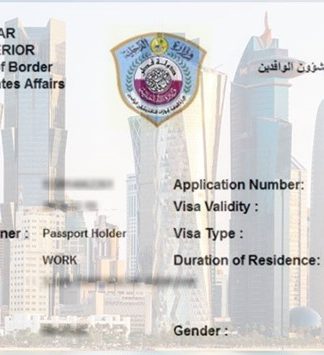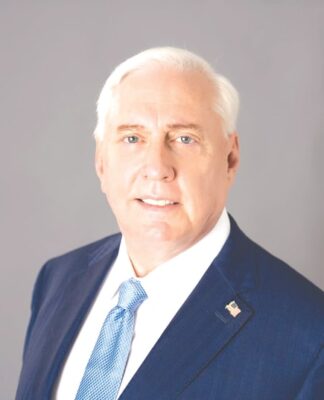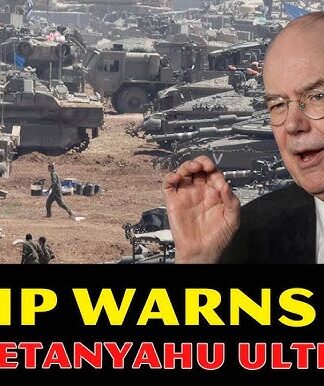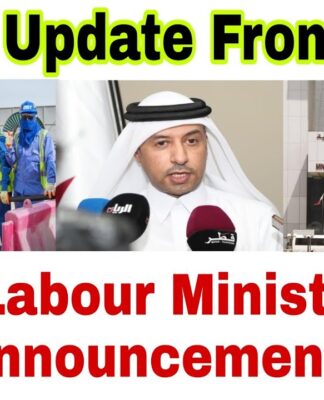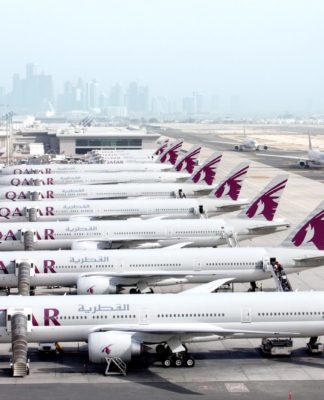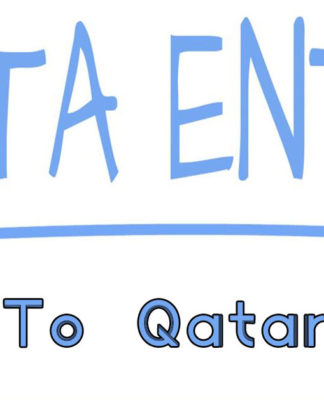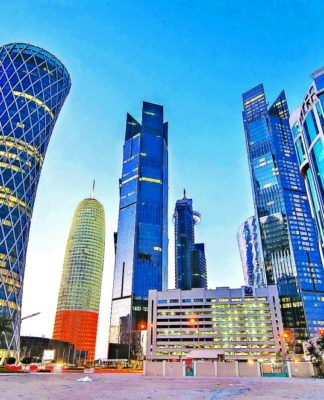The U.S. scrambled jets to protect American troops near the northeastern Syrian city of Hassakeh, as government airstrikes hit the Kurdish-controlled city for the first time.
WASHINGTON—The U.S. scrambled fighter jets Thursday to protect American special operations forces and allies from Syrian government attacks near the northeastern Syrian city of Hassakeh, the Pentagon said Friday.
Navy Capt. Jeff Davis said the U.S. has increased combat air patrols in that area and has warned Syria that America will defend coalition troops.
Meanwhile, scores of residents of Hassakeh took advantage of a lull in fighting between Kurdish forces and Syrian government troops to flee to safer areas nearby. The airstrikes on Kurdish-controlled positions in the city were the first time government aircraft had struck the city, Kurdish officials and activists said.
Davis said he believes this is the first time the U.S. has scrambled aircraft in response to an incident like this involving Syrian government bombings.
He said a small number of U.S. commandos were in the area training and advising opposition Syrian Democratic Forces. The strikes, he said, “did not directly impact our forces. They were nearby — close enough that it gives us great pause.”
The fighting between the Kurdish troops and government forces could potentially open a new front in the Syrian civil war, now in its sixth year.
Also Friday, the Russian military said two of its ships launched cruise missiles at militant targets in Syria from the eastern Mediterranean Sea. The development came after Russia this week began launching airstrikes from bases in Iran.
The U.S. initially contacted the Russians over the airstrikes, and Moscow denied responsibility. The U.S. then relayed the warning to Syria through Russia, which is allied with the Syrian government.
The Russian missile attacks add an extra dimension to the aerial campaign Russia has conducted since September in support of President Bashar Assad’s military.
Russian warships have in the past launched cruise missiles at targets in Syria from both the Caspian Sea and the Mediterranean.
In Hassakeh, after dozens of townspeople fled, fighting broke out anew, a Kurdish official said.
Nasser Haj Mansour, of the predominantly Kurdish Syria Democratic Forces, said Syrian government warplanes and helicopters launched more attacks on areas controlled by Kurdish fighters Friday.
The area around Hassakeh had witnessed battles between the two sides in the past, but this week’s violence has been among the worst since Kurdish fighters took control of predominantly Kurdish areas in northern Syria in 2012.
The main Kurdish force in Syria, known as the People’s Protection Units, or YPG, has been the main U.S.-backed force in Syria and the most effective force in fighting Daesh, also known as ISIS and ISIL.
Last week, the Syria Democratic Forces, a coalition led by the YPG, captured the former Daesh stronghold of Manbij in northern Syria under the cover of airstrikes by the U.S.-led coalition.
The Britain-based Syrian Observatory for Human Rights, an activist group that tracks the conflict, said the fighting first began Wednesday. So far, 16 people, including six women and children, have been killed on the Kurdish side. Five pro-government gunmen of the National Defence Force were killed as well, the Observatory said.
Mansour told The Associated Press on Friday that the YPG fighters captured several areas, including the wheat silos and the economics college, and that the Kurdish troops were advancing in the central neighbourhoods of Ghweiran and Nashwa.
“We are fighting mercenaries,” he said, referring to pro-government gunmen fighting alongside Assad’s forces.
Saying the U.S. will do what is needed to protect coalition forces, Davis added, “The Syrian regime would be well advised not to do things that would place them at risk.”
The U.S. aircraft arrived as the two Syrian jets were leaving, Davis said, so the U.S. had no radio contact with them. Efforts by Kurdish forces on the ground to contact the Syrian jets were unsuccessful, he said.
The additional U.S. combat air patrols will monitor the situation and provide assistance to coalition forces if needed, but are not enforcing any kind of no-fly zone, Davis said.
U.S. President Barack Obama has authorized the deployment of up to 300 U.S. special operations forces to Syria to work with the Syrian Democratic Forces. Small groups have routinely been moving in and out of the country to conduct the training and advising mission.
Meanwhile, the United Nations reported a breakthrough in getting aid to besieged regions in Syria Friday, saying the Syrian Arab Red Crescent evacuated up to 39 people for medical treatment from two Syrian towns under siege. The office of the UN Syria envoy, Staffan de Mistura, said several children were among those evacuated Friday from the towns of Foua and Madaya.
Rebel-held Madaya near Damascus is besieged by government forces and their allies while government-held Foua in the north is besieged by rebels. De Mistura called the evacuations, which are not common from besieged areas in Syria, a “positive step.”
He regretted that aid convoys have been blocked from reaching a number of places, including Madaya and Foua, for over 110 days amid increased fighting.






